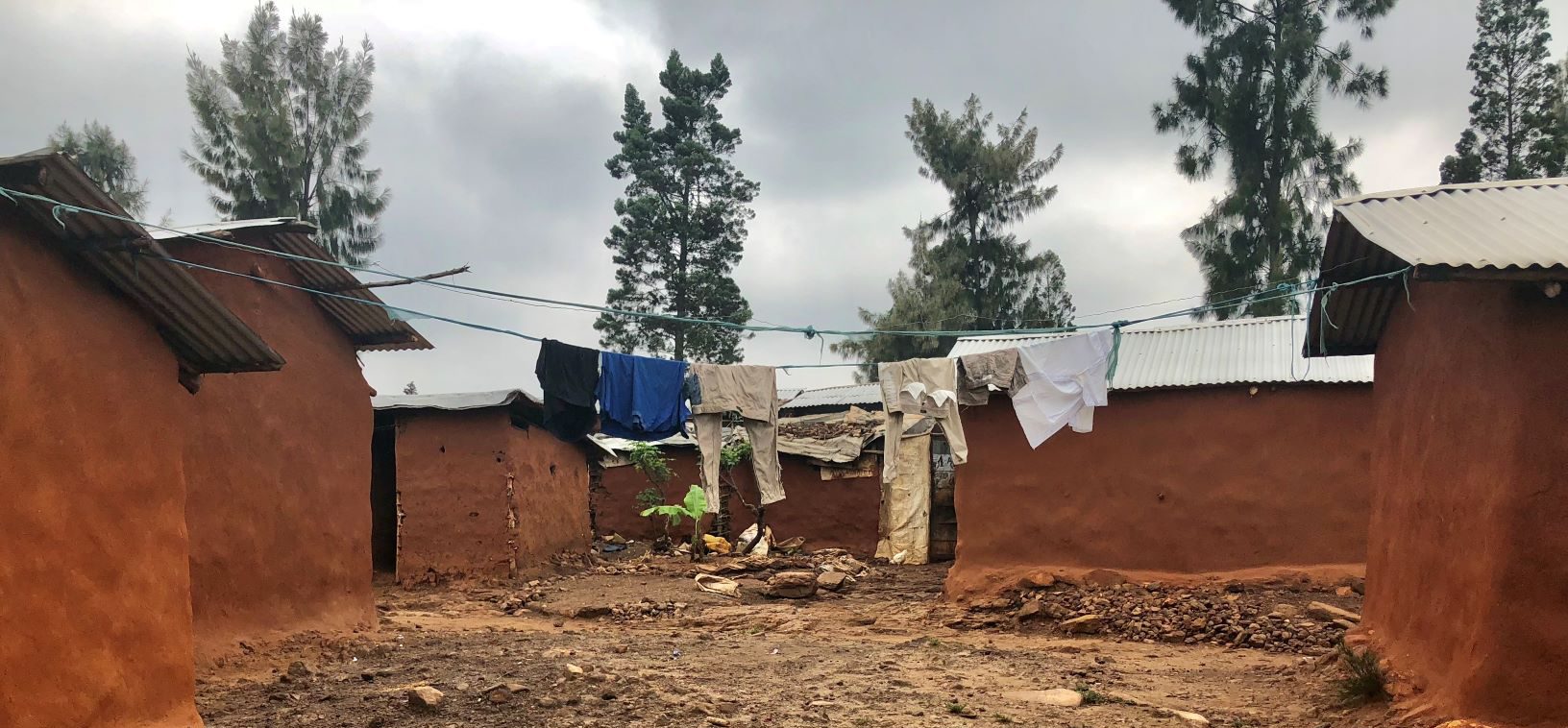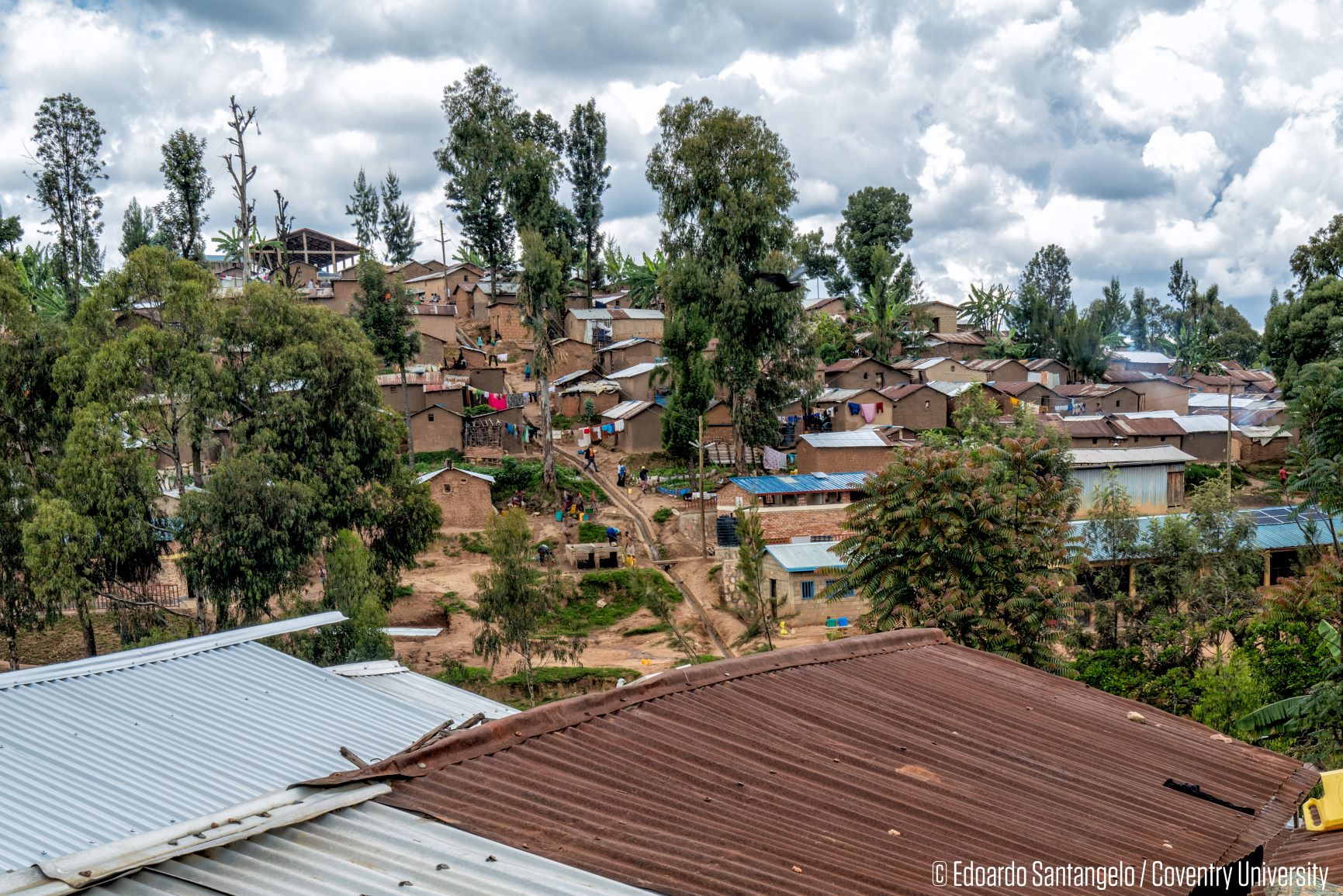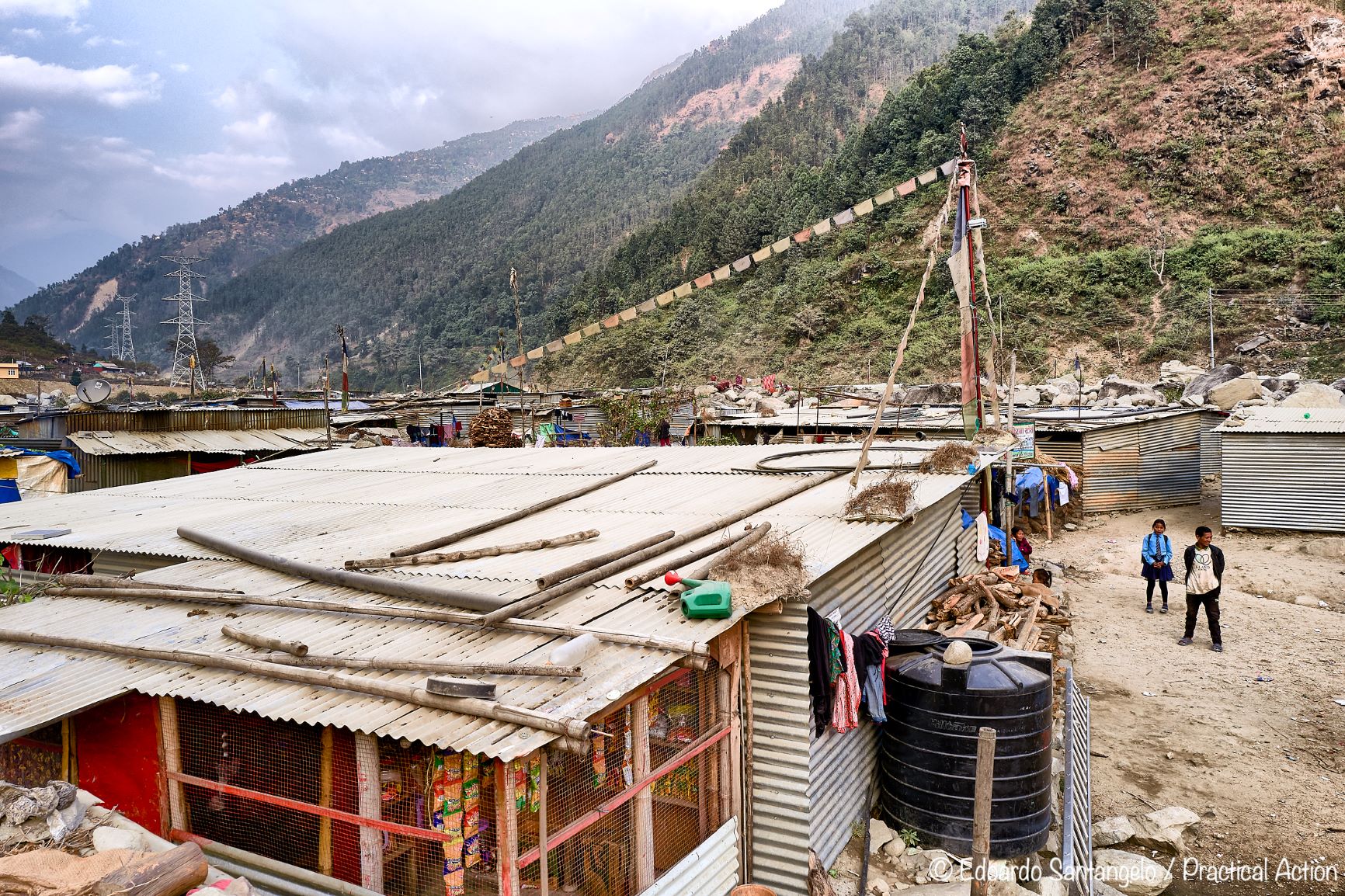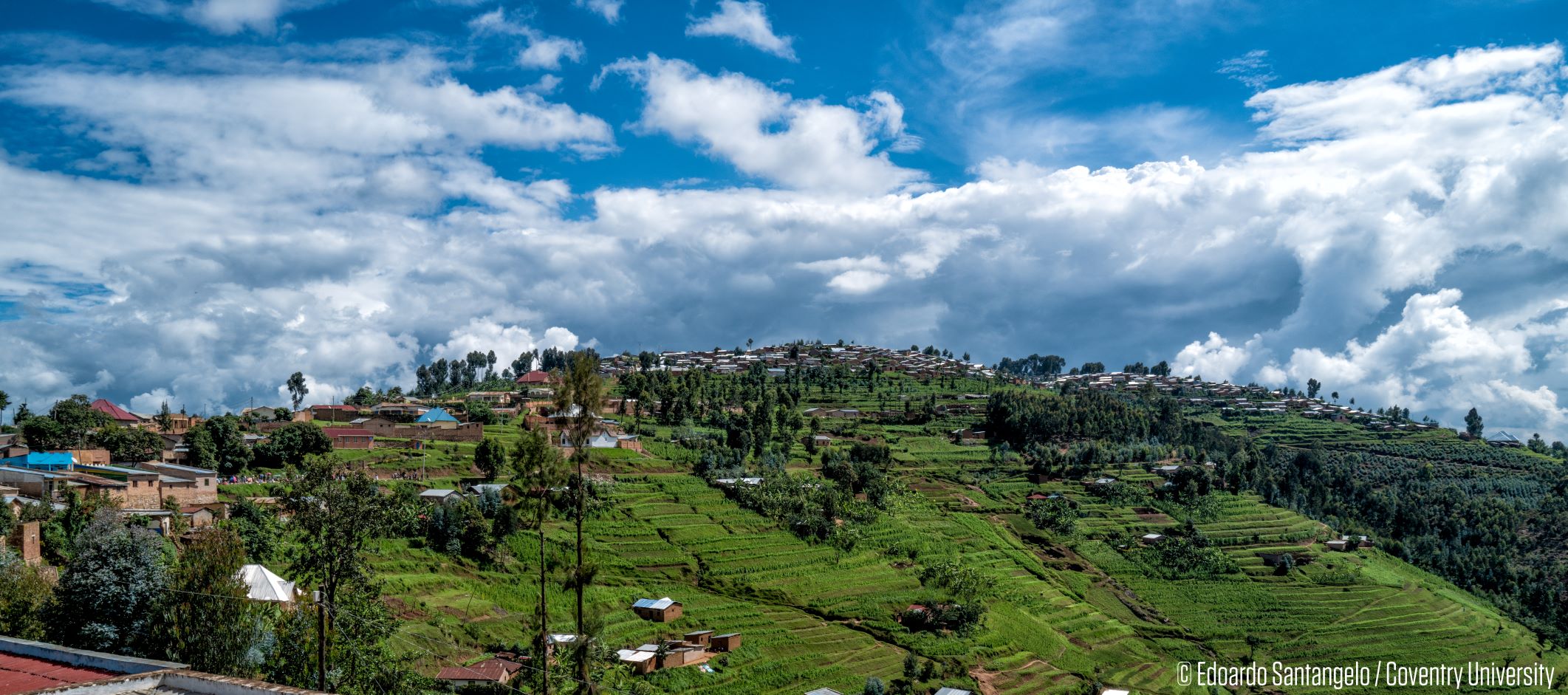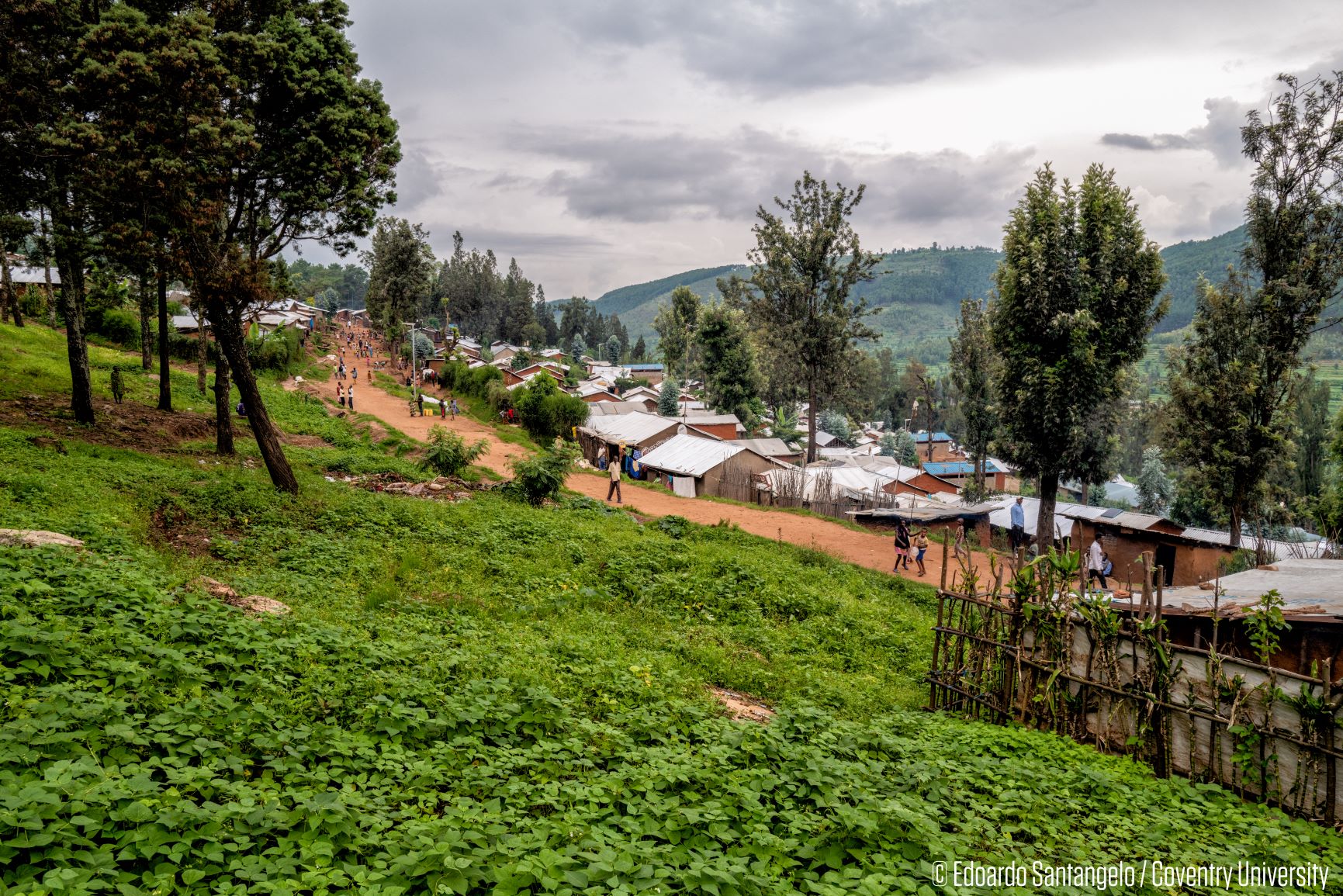Innovation in humanitarian energy: what you think is what you get
Blogs
Guest blogger, Sam Unsworth, discuss how ideas of innovation have been enacted in a wide range of contexts, including the humanitarian sector and why the sociotechnical and environmental landscapes of refugee hosting countries appear to create major barriers to humanitarian energy innovation for and with displaced populations.
This blog links to webinar ‘Humanitarian Innovation: ‘Move Fast and Break Things…?’, one of three in our “People, Policy and Innovation: Humanitarian Energy from Theory to Practice” webinar series. This webinar explores what “responsibility” means in the context of humanitarian energy innovation and if the sector can remain responsible for its innovation. What is the role of private sector partners in relation to challenges of community design and the “destruction” which can result from innovation? What skills, resources, and approaches do those working in the humanitarian energy sector need to participate in “responsible” innovation? What understandings of innovation feel most useful for the humanitarian energy sector; is innovation even an appropriate goal to strive for in these settings? And what practical approaches can be adopted to ensure values of care are embedded in activities striving to be innovative? These questions, amongst others, will be discussed with a range of humanitarian sector leaders working on the frontiers of sustainable humanitarian innovation.
The views in this blog are solely that of the authors and may not reflect the views of HEED or Coventry University.
Innovation in humanitarian energy: what you think is what you get
Innovation is understood by many to be a central driver of societal change. Various groups therefore dedicate efforts to fostering, directing, practicing and diffusing innovation. Innovation is commonly understood to directly affect the various interlinked challenges facing populations across the world today – for better or worse, depending on your perspective. These include conflict, migration, social unrest, climate change and ecosystems destruction, as well as digitalisation, urbanisation, growth, empowerment and inclusion. Name your societal challenge; innovation has probably been suggested as a solution to it at some stage.
The humanitarian energy space is affected by many of these trends and challenges concurrently, and is a context in which innovation is discussed. Many perspectives on innovation emphasise the existence of barriers to innovation, often perceived as relating to market failures or lack of things (e.g. resources). In the humanitarian sector, perceived barriers to innovation include corruption, lack of access due to government restrictions and a focus on short term solutions. The sociotechnical, environmental and political landscapes of refugee hosting countries appear to create major barriers to humanitarian energy innovation for and with displaced populations, at least how innovation is traditionally conceived. Following orthodox thinking, if these barriers are identified and addressed, and then innovation is directed in a desirable manner, positive changes result. In this context, that means better and more sustainable energy services for displaced peoples. Sounds good – but too simple, perhaps?
My research explores how innovation can be understood in the broad context of sustainable energy transitions. How innovation is understood in energy transitions – and who shapes these understandings – influences the transitions which may come to pass. What you think is what you get. Recognising the growing calls for the energy services in humanitarian settings to become “sustainable”, implying a need for change, this raises questions to me about the role of innovation. This focus on energy links to a broader discussion emerging amongst humanitarian practitioners, with ELRHA amongst others exploring how innovation might decolonise the humanitarian aid sector. I do not claim to be an expert in humanitarian energy. Rather, this blog is a series of reflections and questions related to the space which are prompted by my research.
Innovation as multiple
Multiple understandings of innovation exist, meaning different things to different people. Energy innovation could bring to mind Silicon Valley profits, engineers and futuristic technology. Or it could bring to mind neighbours figuring out a way of pooling their demand for heat energy together and sharing the necessary effort and/or equipment. In my research, I’m finding that a range of different understandings of innovation co-exist, associated with different groups. Frugal innovation, social Innovation, bottom-of-pyramid innovation, grassroots innovation, user innovation and responsible innovation to name just a few. These understandings place more or less emphasis on different things, including varying implicit assumptions regarding who typically does (or should) innovate, where and why this happens, and what innovation is expected or hoped to lead to.
In humanitarian settings, do people practice energy innovation in order to generate business opportunities, do more with less, promote collaboration and sharing, address environmental or social issues, a mix of these things, or something else entirely? How one understands innovation can shape the answers to these questions. This is also reflected in the fact that different understandings of innovation have widely varying disciplinary, conceptual and geographic footprints. Scholarship on innovation in other sectors has demonstrated that understanding innovation from a Eurocentric knowledge perspective can lead to perception of barriers and gaps in areas such as funding, resources and capacity constraining innovation, whereas in some understandings of innovation (Jugaad for example) these same contextual conditions can actually drive innovation. Barriers are only perceived through a Eurocentric lens.
Different ways of thinking about innovation could mean very different innovation projects in humanitarian energy. Critically, displaced peoples may have different ways of thinking about innovation, novelty and problem solving to how some humanitarian practitioners might. When funders issue calls seeking to direct, stimulate, support or remove barriers to innovation in the name of humanitarian energy, do they pause for thought; whose understanding of innovation are they referring to?
A careful approach to humanitarian energy innovation: some exploratory questions
The intention of these reflections is to emphasise that a careful approach can be taken in choosing which understandings of innovation to put to work in humanitarian energy. This could be mistaken for a preference for esoteric discussion over ‘action’. This is not my intention. A focus on energy innovation in humanitarian settings has clear potential to improve the quality of lives of displaced people by promoting access to inclusive and sustainable energy services. And there is a great deal of impactful work going on, whether it is explicitly understood to be innovation or not. Trying to think through innovation in an open, plural manner can be a useful way of triggering practical questions about how the humanitarian energy sector engages with innovation.
What is or should be considered innovative in humanitarian energy? In the spirit of Joseph Schumpeter’s “creative destruction”; who has the power and desire to be “creative”, what might get “destroyed” in humanitarian energy innovation, and how can risks to vulnerable people and ecosystems be mitigated? What is the role of private sector partners in relation to innovation cocreation? What understandings of innovation feel most useful for the humanitarian energy sector; when is innovation an appropriate tool to use in these settings? And what practical skills, resources and approaches can be deployed to ensure values of care are embedded in activities striving to be innovative?
Sam Unsworth is a doctoral student at the Division of Environmental Systems Analysis, at the Department of Technology Management and Economics, Chalmers University of Technology, Sweden. Sam’s research explores innovation processes within sustainable energy transitions and the extent to which these processes reinforce or can recast existing inequalities and power relations.
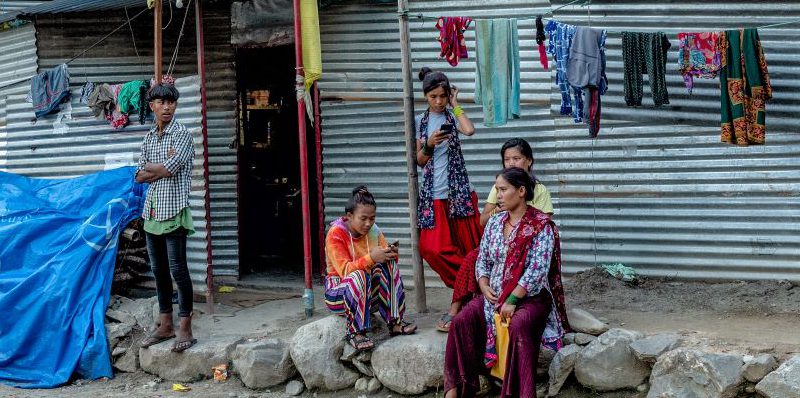
Back to Outputs & publications page

